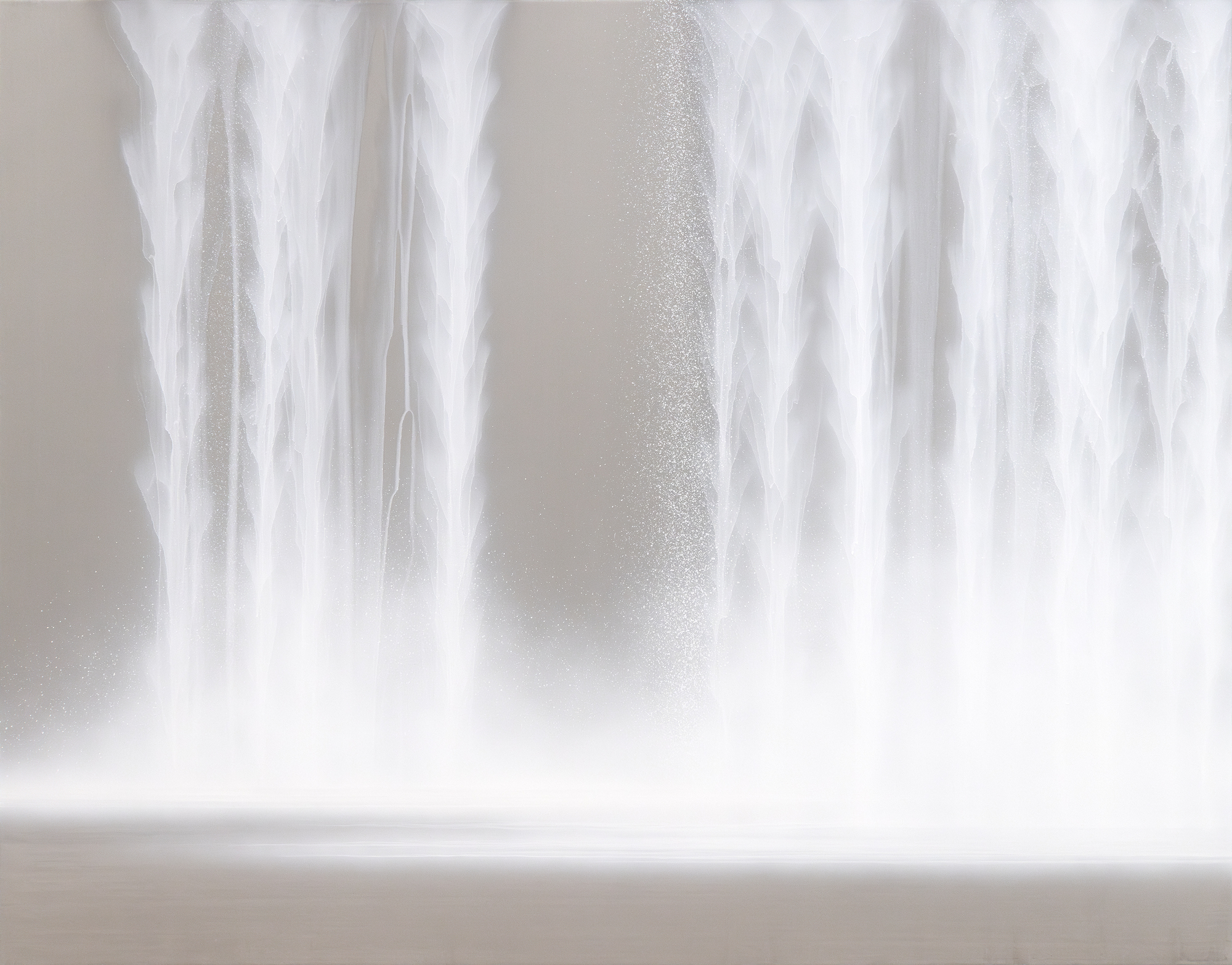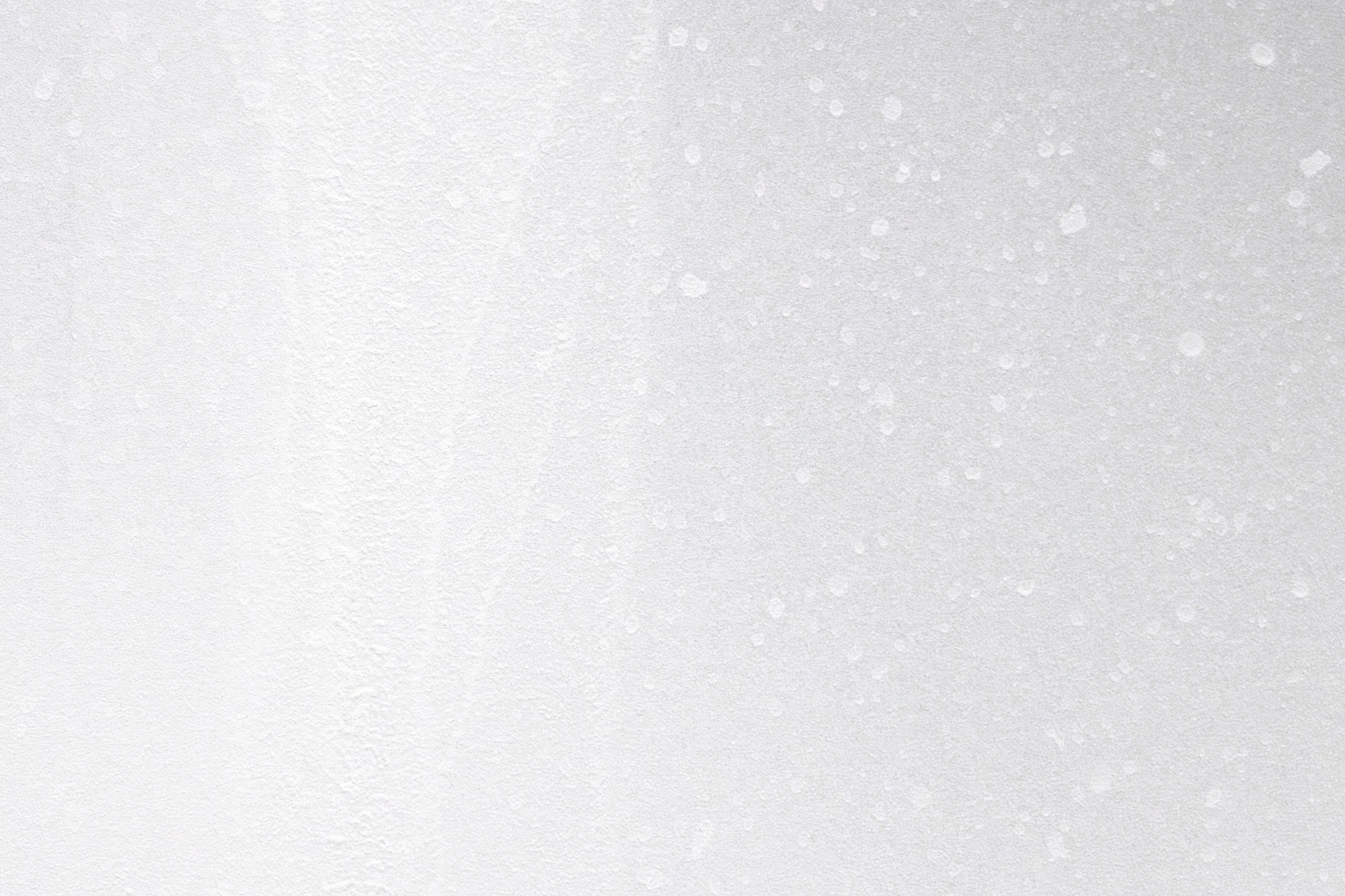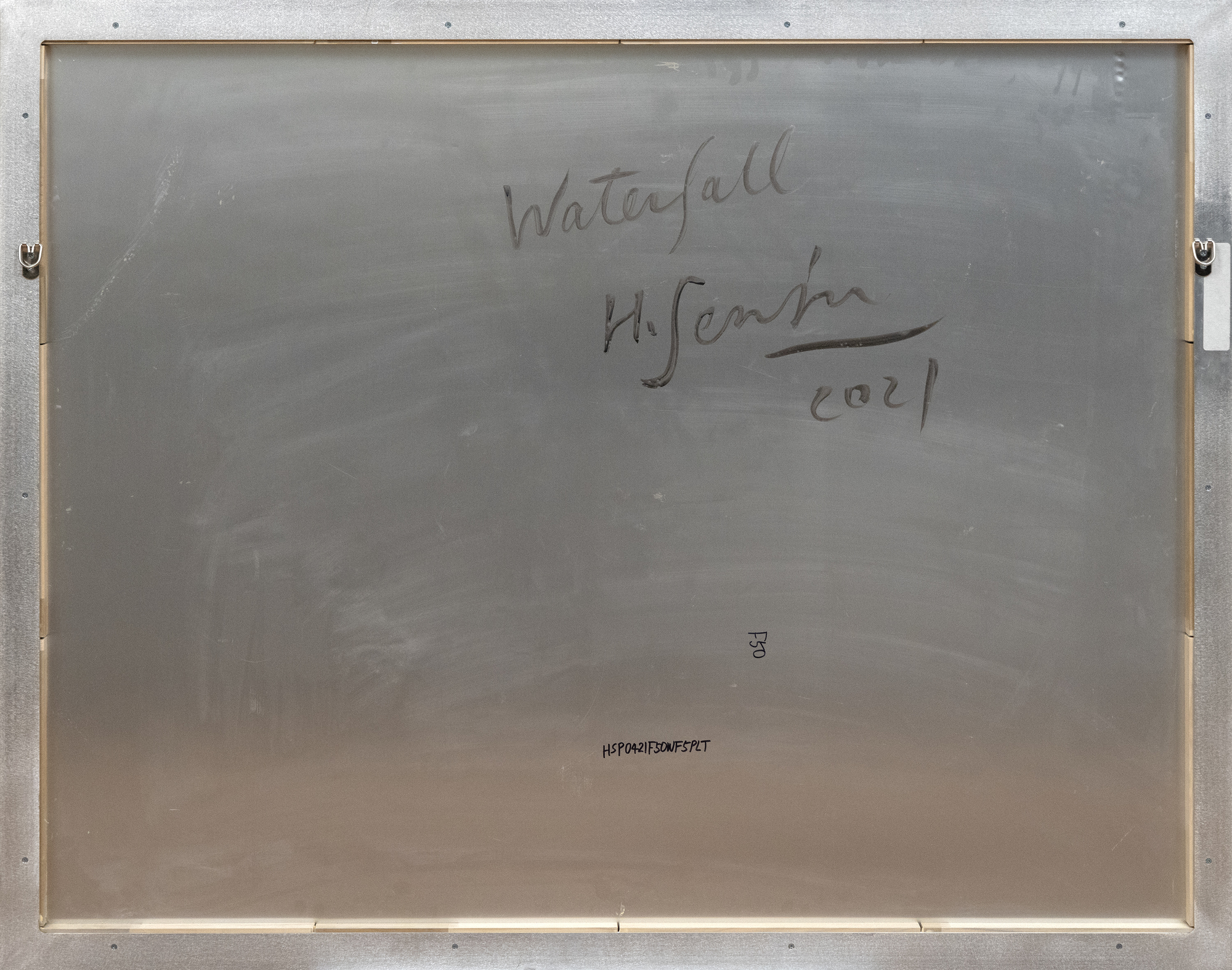הירושי סנג'ו (נולד ב-1958)










מקור ומקור
אוסף פרטימחיר 325,000
העדינות של Senju ניכרת לכל אורכו. הוא משתמש בנייר תות, חומר יפני מסורתי הידוע במרקם העדין ובחוזקו. הסיבים הטבעיים של הנייר סופגים פיגמנטים בדרכים היוצרות שיפועים ונזילות עדינים, מה שמשפר את האפקט החזותי של המים הזורמים. הוא משתמש בטכניקות Nihonga מסורתיות, כמו שטיפות שכבות לבניית עומק ותנועה ושימוש במשיכות מכחול מגוונות כדי להשיג אפקטים שונים. בנוסף, הוא משלב שיטות מודרניות כמו מברשת אוויר להנחת ערפילים עדינים של פיגמנט, יצירת שיפועים חלקים וחסרי תפרים המחקים את התרסיס והאדים העדינים הקשורים למים זורמים.
הירושי סנג'ו נותן כבוד לצורות האמנות המסורתיות של מורשתו תוך שהוא פורץ את גבולות האמנות העכשווית. יכולתו להעביר את הנשגב באמצעות פשטות והפשטה הופכת את יצירת האמנות הזו לעדות לחזון הייחודי שלו ולשליטה האמנותית שלו. זה עומד כתזכורת שלווה ליופי הנצחי של הטבע, שנתפס באמצעות יכולתו של צייר ואמן אמן.


